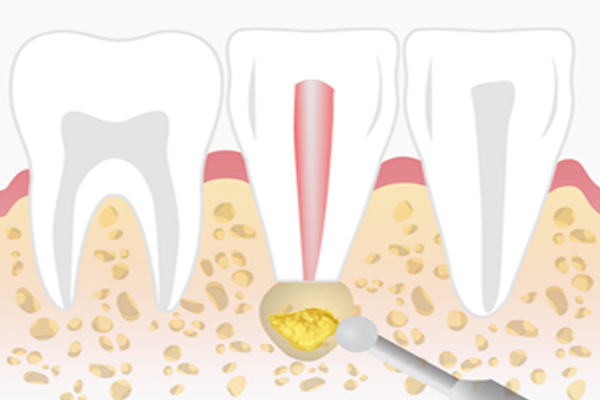Working Time
- Mon-Sat 09:00 – 19:00
Sunday Closed
Contact Info
-
Phone: +90 533 040 7207
Ask the Experts
Apicoectomy

An apicoectomy, also known as a root-end filling or orthograde root canal, is a surgical procedure performed when a conventional root canal treatment is not sufficient to address a persistent infection or inflammation at the tip of a tooth’s root.
During an apicoectomy, the gum tissue near the affected tooth is gently lifted to expose the underlying bone and root tip. The infected or inflamed tissue at the root tip is then carefully removed, along with a small portion of the root tip itself. This helps to eliminate the source of infection and promote healing.
After the root tip is removed, the remaining space is thoroughly cleaned and disinfected. A biocompatible material, such as a dental filling material or a specialized root-end filling material, is then placed in the root canal space to seal it and prevent further infection. This filling material helps to keep the root structure intact and promotes the healing of the surrounding tissues.
An apicoectomy is typically performed under local anesthesia to ensure your comfort during the procedure. It is considered a more complex procedure than a conventional root canal treatment and is usually recommended when other treatment options have been unsuccessful or are not feasible.
Following an apicoectomy, proper post-operative care and regular follow-up visits are essential for successful healing. Your dental provider will provide you with specific instructions for aftercare, including any necessary pain management and oral hygiene practices.
It’s important to note that an apicoectomy is not a common procedure and is typically performed by an endodontist, a dental specialist who specializes in root canal treatments and related procedures.

